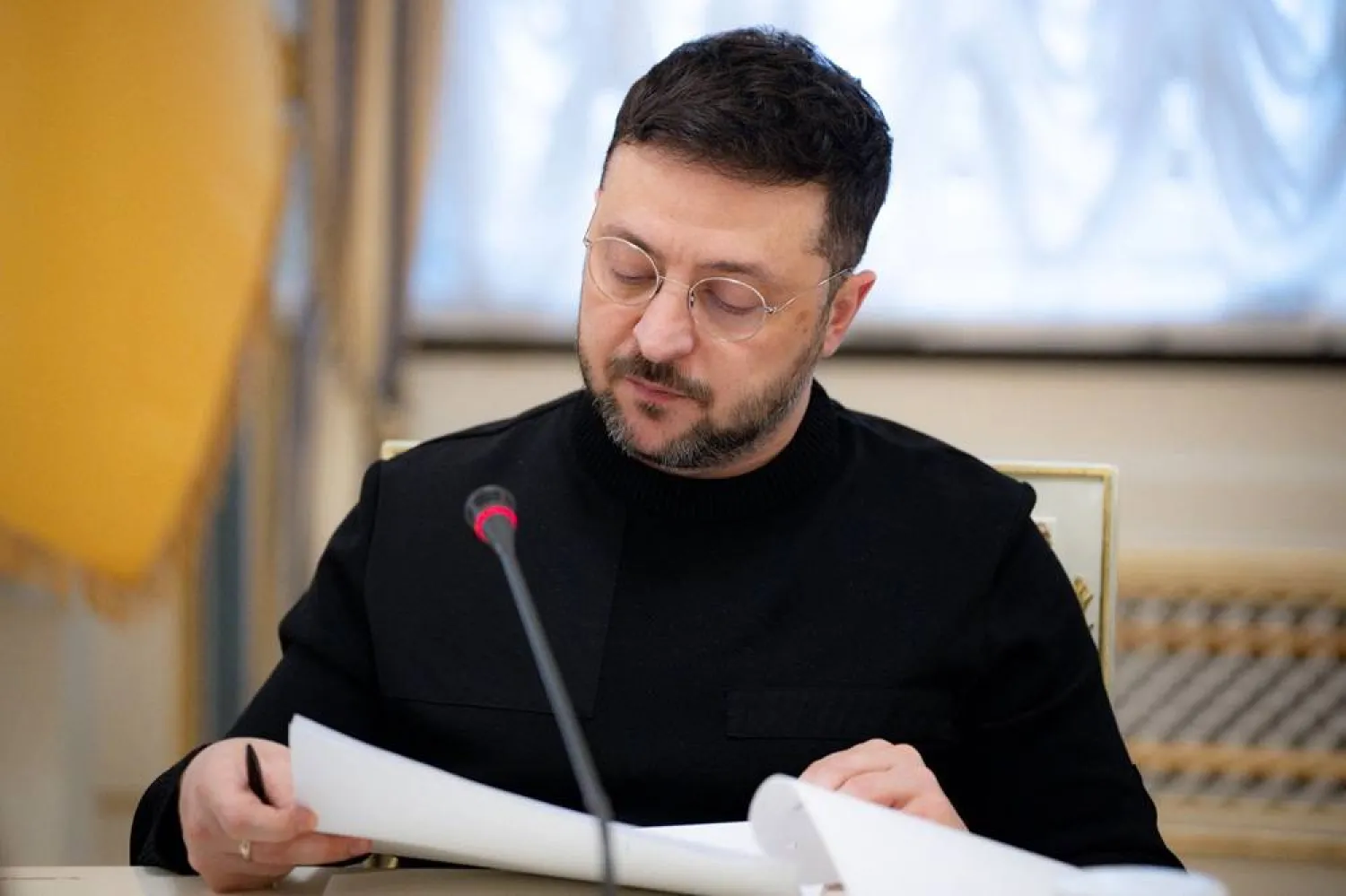Youri Djorkaeff played alongside some of the greatest footballers of his generation. “Zizou was amazing,” he says of Zinedine Zidane.
“We were teammates for 10 years and we had this chemistry to know exactly where each other was on the pitch, to play one touch, two touch. But the number one was Ronaldo. He was simply ‘Ó Fenómeno’.”
Djorkaeff played with Ronaldo at Inter in the mid-1990s and the pair teamed up recently as part of Djorkaeff’s current job as the CEO of the Fifa Foundation. Djorkaeff was in São Paulo and Brasilia to push the charity, so enlisted his old friend for support. “Ronnie said: ‘Whenever I’m needed, you can call me.’ Of course, this provides us with visibility as Ronaldo is Ronaldo.”
Ronaldo is one of a multitude of good connections the 52-year-old can call upon. “I have been in touch with David Beckham, who is keen to get involved. I went to Messi’s house, where we spoke for hours about links with his foundation. We spoke to Rashford. We are proud of what the players are doing today. It’s important to have all these ambassadors for the Fifa Foundation who appreciate the need to show humanity. They are all saying: ‘If you need me, I’m here to help.’ It’s not bullshit.”
Djorkaeff was an integral part of the France team that won the World Cup in 1998. His interest in Fifa’s charitable work was sparked at another World Cup in France 21 years later. “I met president Gianni Infantino at the Women’s World Cup in Paris and we started to talk about the work of the foundation. We had a couple of follow-up meetings and I really liked what he said about his vision for the foundation and how it could be a tool for good. Previously, there had been a lot of requests about sustainable responsibility but these were not high on the agenda. But it is now crucially important for clubs, federations and Fifa themselves to be active in supporting social responsibility.”
Over the last year Djorkaeff has built up a team of a dozen people.
“We have been working on a 10-year strategic plan and we are aligning ourselves with organisations such as the UN. Our aim is to reach 700 million children.” It sounds like an extremely ambitious target, but Djorkaeff is adamant it can be achieved. “Throughout my life, whether it has been playing football or in my current position, my philosophy has always been that nothing is impossible.”
As soon as Djorkaeff retired from playing, he set up the Youri Djorkaeff Foundation in New York with the objective of giving both boys and girls – particularly refugees – a chance to build a solid foundation for their lives: to improve their health, discipline, self-confidence, academic success and aspirations for the future. He gave up his own foundation when he took on his full-time role at Fifa’s headquarters in Zurich in September 2019. He was just beginning to travel the world for his new role, visiting 29 countries in the space of three months, when the Covid-19 pandemic struck.
“Through the power of football I gained incredible access to heads of state and ministers, where we could open up a dialogue about the work of the foundation. For example, I met the President of China, but also got to meet people on the ground. The most important aspect of this initiative is to listen to people – whether they are a head of state or a grassroots coach with only a few balls to practice – to find out what they need.”
Djorkaeff has been focusing on the Football for Schools Program, a joint venture between Fifa, Unesco and the World Food Program that aims to provide children in Fifa’s 211 member associations with 11 million footballs. “I met with Unesco in Paris and we reached an agreement very quickly as together we realised how important it is to create a link between teachers, kids and parents. So we are now creating a tool to help schools run coaching sessions,” says Djorkaeff.
“There will be an app that hosts 300 coaching sessions all at different levels. The most important thing is to have 50% of these sessions dedicated to life skills. As pupils are taking a break, they will be taught subjects such as gender equality, the importance of community and neighborhood. We expect to launch the app from February as a free program for governments and schools. We will also provide them with equipment – balls, shirts, bibs etc. This is not about becoming a professional, but it’s all about enjoying football with your friends, regardless of ability.”
Djorkaeff played for various clubs across the world – he won the French Cup with Monaco under Arsène Wenger, the Cup Winners’ Cup with PSG and the Uefa Cup with Inter before finishing is career at the New York Red Bulls – but he is perhaps best known in England for his time with Bolton. How on earth did he end up making his way from the Bundesliga to Bolton in 2002? “I had some difficulty with my coach at Kaiserslautern and I had dinner with Sam Allardyce in Germany and we talked about anything and everything. He told me about the situation at the club and how they were near relegation. I saw this tough guy and his passion for this club and their fans and it got to me.”
“I thought like a chevalier: let’s conquer England, let’s cross Le Manche. When I had been playing, my attitude to England was the same as all French people; it was hate-like-hate-like. But I was crazy about Liverpool and remember cheering them on when they were playing St Étienne in 1977 in the European Cup. All these guys with their crazy hair and those red shirts. I bought lots of Liverpool shirts and hats all the time – not wearing them, just collecting. I was fascinated by the clubs and the fans.
“I was talking to Liverpool, Manchester United and Bolton all at the same time. I spoke to Gérard Houllier, who was a great friend, but he said I cannot promise you to be playing all the time. We were approaching the 2002 World Cup and I spoke to Roger Lemerre, the French national coach, who told me I needed to be playing to be considered. It was the same with Sir Alex. So, I thought: ‘I’ll go to Bolton for the last 12 games.’ I didn’t know what to expect but I was in love with England, in love with its shitty weather, the people, the fans.”
Bolton were in the relegation places when Djorkaeff arrived in February 2002. At the time Allardyce called him “perhaps the biggest signing in the club’s history”. Djorkaeff did not disappoint. He helped steer the club to safety and decided to stay for two more seasons.
Allardyce loved him. When asked to pick a best XI from the best players he had managed a few years ago, he was quick to include the Frenchman. “Youri was top-class, a brilliant human being as well as a brilliant footballer,” said Allardyce. “His nickname was ‘The Snake’ because you never knew when he was going to strike – that came from Arsène Wenger by the way. He knew how to set the standards. He used to get very upset about the lads not training correctly, or not hitting the standards he was looking for, and he had a terrific three years with us at Bolton.”
Wenger gave Djorkaeff his nickname at Monaco three decades ago. Now they are working together again at Fifa. Wenger, Ronaldo, Messi, Beckham, Rashford and Allardyce will be cheering on Djorkaeff over the next decade as he tries to match his achievements on the pitch with those off it.
The Guardian Sport









